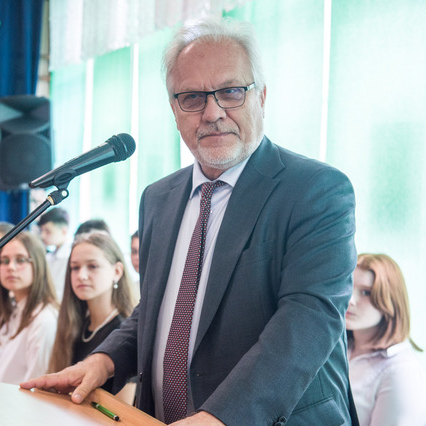
by admin | Jun 3, 2023 | News
On 3 June, the Secretary General of the Copernicus Academy, Professor Krzysztof Górski, and the Deputy Minister of Education, Tomasz Rzymkowski, attended the end of the school year in two schools in the municipality of Gzy. On 3 June, the Secretary General of the...
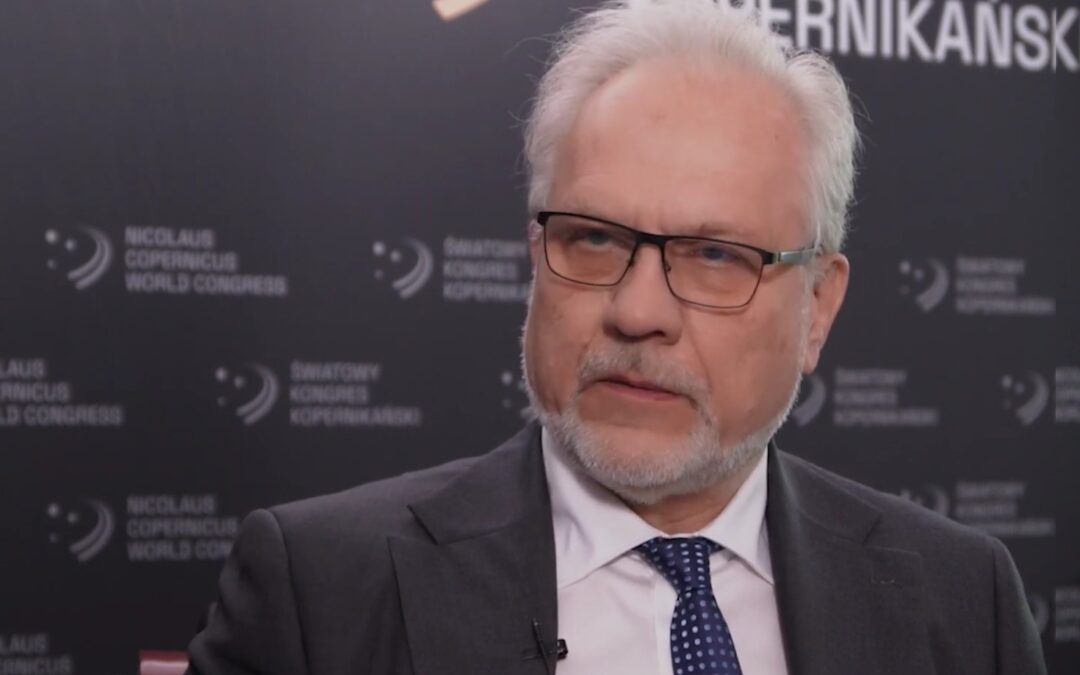
by admin | May 31, 2023 | News
At the Copernicus Academy, we want to create a new type of institution that will enable effective cooperation between Polish and foreign scientists,” stresses the Secretary General of the Academy, Prof. Krzysztof Górski. On 24 May, the Secretary General of the...
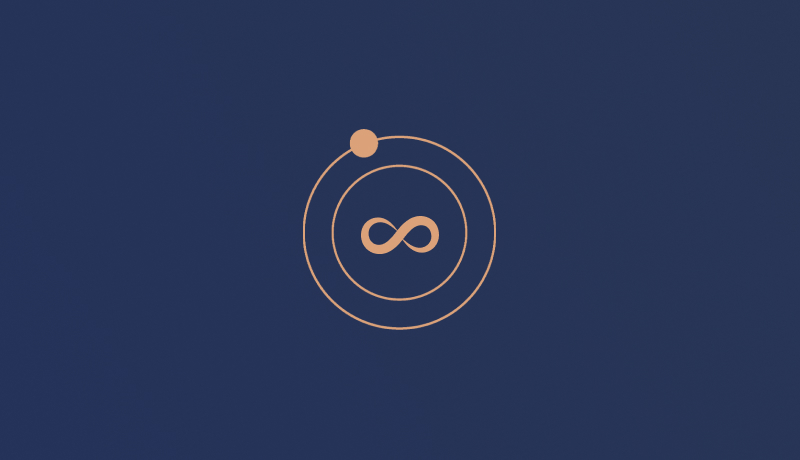
by admin | May 25, 2023 | News
On 25 May 2023, the inauguration of the College of Philosophy and Theology of the SGMK will take place at 20 Basztowa Street in Kraków. The event will be attended by representatives of the highest authorities of the Ministry of Education and Science, the Copernicus...
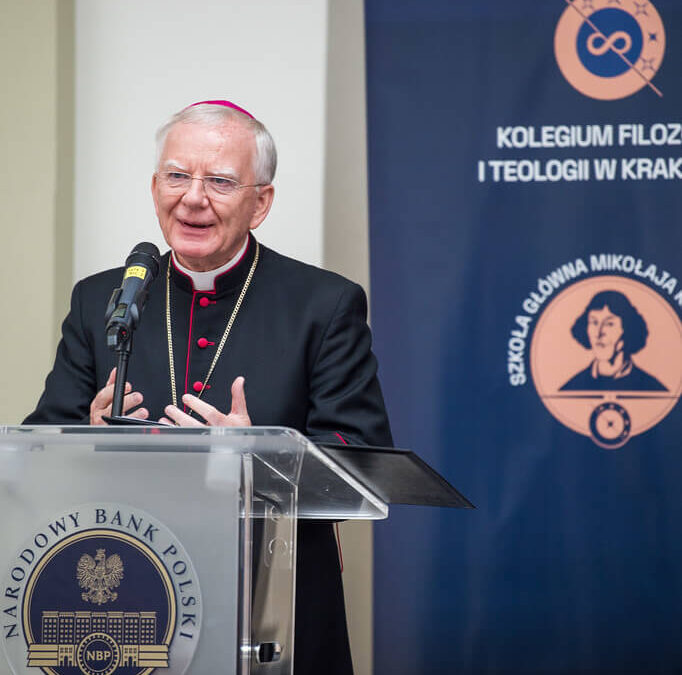
by admin | May 25, 2023 | News
‘I am deeply convinced that the opening of the College represents a great opportunity for the encounter between reason and faith, philosophy and theology to find answers to the anxieties of the modern world,’ said Krakow Metropolitan Archbishop Marek...
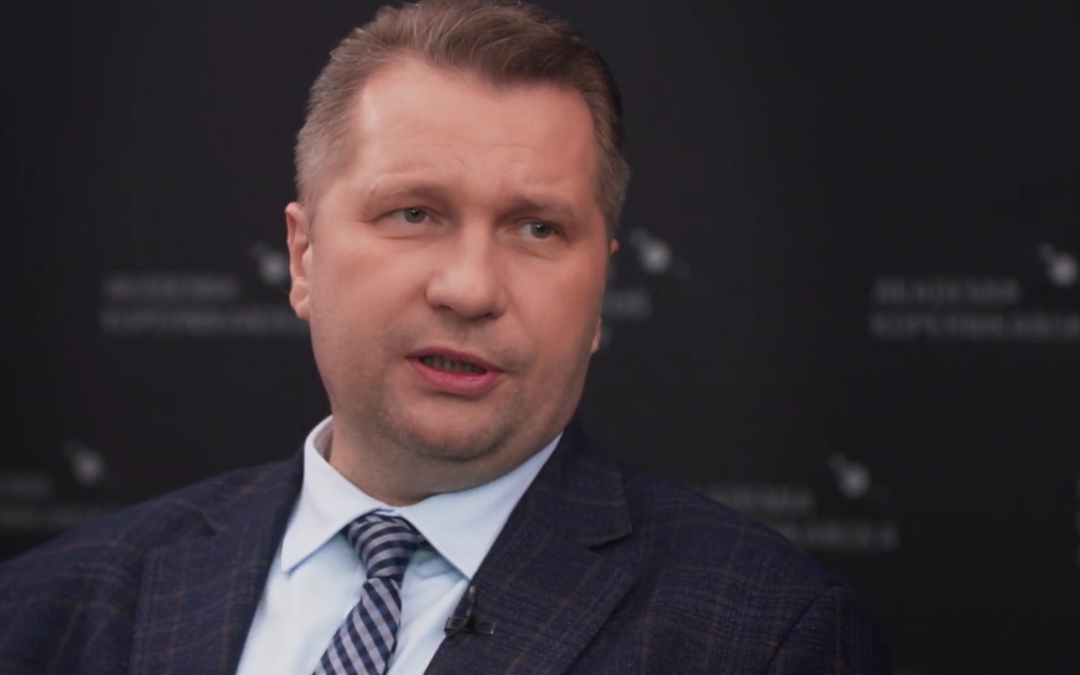
by admin | May 24, 2023 | News
– The College of Economics and Management, which opened today, but also the other colleges opening within Nicolaus Copernicus University, are intended above all to provide PhDs and research at the highest world level. In cooperation with scientists from all over...





